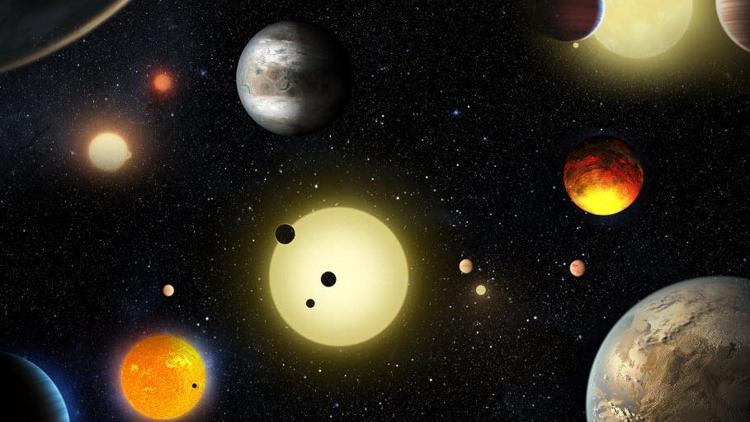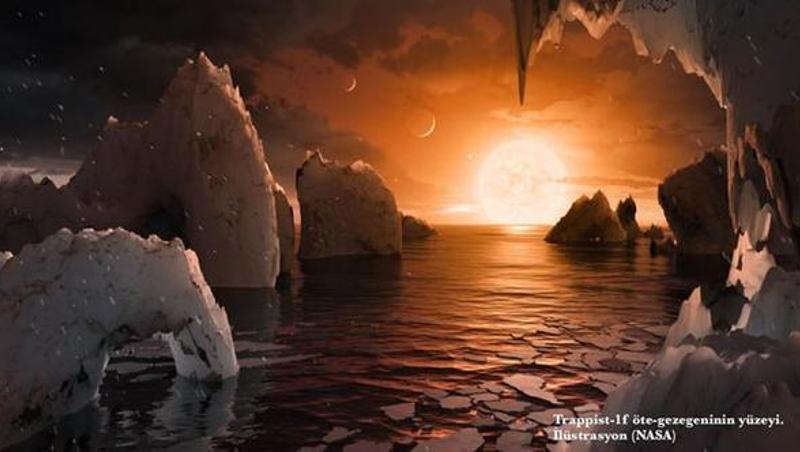Exoplanet Discovery: NASA just discovered seven worlds like Earth!
Güncelleme Tarihi:

NASA just announced that it discovered seven earth-sized planets in a different system named Trappis-1. So what do NASA mean by this announcement? A new life could exist in those planets? On the other hand, Google just changed its doodle and if you click the doodle, you automatically search exoplanet discovery and you see the results.
NASA just discovered seven new planets in a different system called Trappist-1. The system stands for Transiting Planets and Planetesimals Small Telescope. The discovery is a small, dim star in the constellation Aquarius, less than 40 light-years from Earth, or 235 trillion miles away, according to Nasa and the Belgian-led research team who announced its discovery on Wednesday. Seven planets circle Trappist-1, with orbits ranging from one and a half to 20 days. If Trappist-1 were our sun, all these planets would fit inside the orbit of Mercury. That's how close they are to their star and why their orbits are so short. The planets have no real names. They're only known by letters, "b" through "h." The letter "A" refers to the star itself.
Haberin Türkçe metni için tıklayın.

Google's doodle today: Click and view all the results including exoplanet discovery
Six of TRAPPIST-1's "exoplanets" lie in a temperate zone where surface temperatures range from zero to 100C.
Of these, at least three are thought to be capable of having watery oceans, greatly increasing the likelihood of life.
No other star system known contains such a large number of Earth-sized and probably rocky planets.
All are about the same size as Earth or Venus, or slightly smaller. Because the parent star is so dim, the planets are warmed gently despite having orbits much smaller than that of Mercury, the planet closest to the sun.

Scientists said they need to study the atmospheres before determining whether these rocky, terrestrial planets could support some sort of life.


